Traditional Sake Breweries
We walked through the Sanno-machi streets of the traditional area and were able to investigate the shops more thoroughly which proved pretty interesting. There are quite a few Sake breweries in the area, many of them established since 1692. Each brewery uses a different rice variety and has a unique traditional sake making method to brew their rice wine. One brewery Harada Sake Brewery has a relative new sake “Sansya” (which means festival float). This particular sake has only been brewed since 1855. Harada Sake Brewery also makes a special Ginko Sake using Flower Yeast refined from nectar by a special process, a world first success in this particular technology.
The Sake breweries proved fascinating with such interesting bottles and packaging on offer. A sake brewery can be identified by a round ball known as “sugidama” (cypress ball), this is a traditional sign hung outside a brewery. There is a large and a small cypress ball above the door of this brewery.
During the Edo Period(1603-1867) about 62 sake breweries existed in the region, the barrels used for brewing made from Japanese Cedar. It became a traditional means to identify a sake brewery by hanging a cedar/cypress ball under the eaves or above the brewery door. Today, large enamel-ware is used for Sake brewing instead of cedar barrels.
Sake very attractively packaged
I had no idea Sake came in so many shaped bottles of glass and pottery. The presentation is really attractive and relates to the variety of rice wine used. Now I have read more about rice wine, I wish I had taken time to taste a few more varieties. In the winter months sake brewery tours are a popular event along with sake tasting. Some breweries have free tasting while some charge a small fee. Sake is more like a brewed beer than a traditional wine as we know it. I believe beer brewed in Takayama is very different to western beer.
Always good to know you can get a beer if you’re not into the local sake brew. Came across the pub called “The Bagpipes” on our walk the first day. It was a bit of a surprise finding a Scottish named pub in a Japanese city. Didn’t get to have a beer though, weather too cold for beer drinking for me at least. The Bagpipes has a quaint interior (a Scottish pub look?). In contrast If you are a fan of Hyouka and Anime you will appreciate some of the posters and items on display, also a note-book for Hyouka fans to write in. Tea and coffee are available and Matcha cake. Takayama is the local setting for Anime.
Traditional Local Shops
A young mother with child in stroller visits a local shop; a tourist takes a rest on a welcoming seat outside. If you are a bit footsore from walking an alternative is a tour by rickshaw. The local rickshaw drivers offer a 60 minute tour costing around 5,000 Yen.
At one shop we stopped to admire grotesque masks; another local shop attractive lacquer-ware with a wonderful range to choose from in traditional red and black and other attractive colors; hard to resist.
Traditional old Water Wheel
The traditional old water wheel caught our attention, we ventured inside and found handcrafted wooden objects, so beautiful to the touch, beautifully carved or turned. I would have loved a five storied Pagoda or one of the exquisite small chest of drawers, there were vases and trays in many-colored timbers, all in a range of prices.
Eventually came across a little snack bar selling cappuccino; a life saver, having withdrawal symptoms, really needed a caffeine hit (although I did enjoy all the Japanese special teas at the Hotel). The Sake is also very warming on a cold day, quite takes one breath away as I found out.
Everywhere the streets are so neat, clean and tidy. The pot plants, flowers,lanterns,and banners make the traditional buildings look bright and cheerful. It soon dispelled the idea of sombreness that first greeted us when we arrived and walked through the streets of old Takayama. Once the shops opened the following day the area came to life and proved a colorful and attractive place.
Hida Archaeology Museum (Hida Minzoku Kouko-kan)
The Hida Archaeology Museum originally residence of the physician to the daimyo, employed by the Kanamori family, the lords of Takayama castle in the Edo Period. The Samurai residence features a suspended ceiling, a concealed entrance and hidden tunnel leading to a well. The storehouse of the residence displays historical and archaeological artifacts from the period. An interesting visit.
Our stay in Takayama was so very interesting and enjoyable. I would love to visit this traditional city again, particularly when it is festival time, or when snow covers the surrounding mountain peaks.
Next we are on the bus again, this time heading for Shirakawago, about one hours drive from Takayama.
Related Posts:
- Sensoji-Asakusa Kannon Temple
- The Kabuki Theatre
- Half Day Tokyo Tour
- Tokyo Japan travel to Nikko
- Toshogu Shrine Japan
- Nikko-Lake chuzenji & Kegon Waterfall|Tokyo-Japan-travel
- Mt-fuji-lake-ashi-komagatake-ropeway-japan
- What is an Irori,what is a jizai kagi Takayama gifu province Japan
- Takayama festival floats-matsuri festivals-gifu province japan
- Two headed monster-Sakurayama Hachimangu Shrine-Takayama-Gifu Province
- Hida hotel-Plaza | Farmers Market Takayama Japan
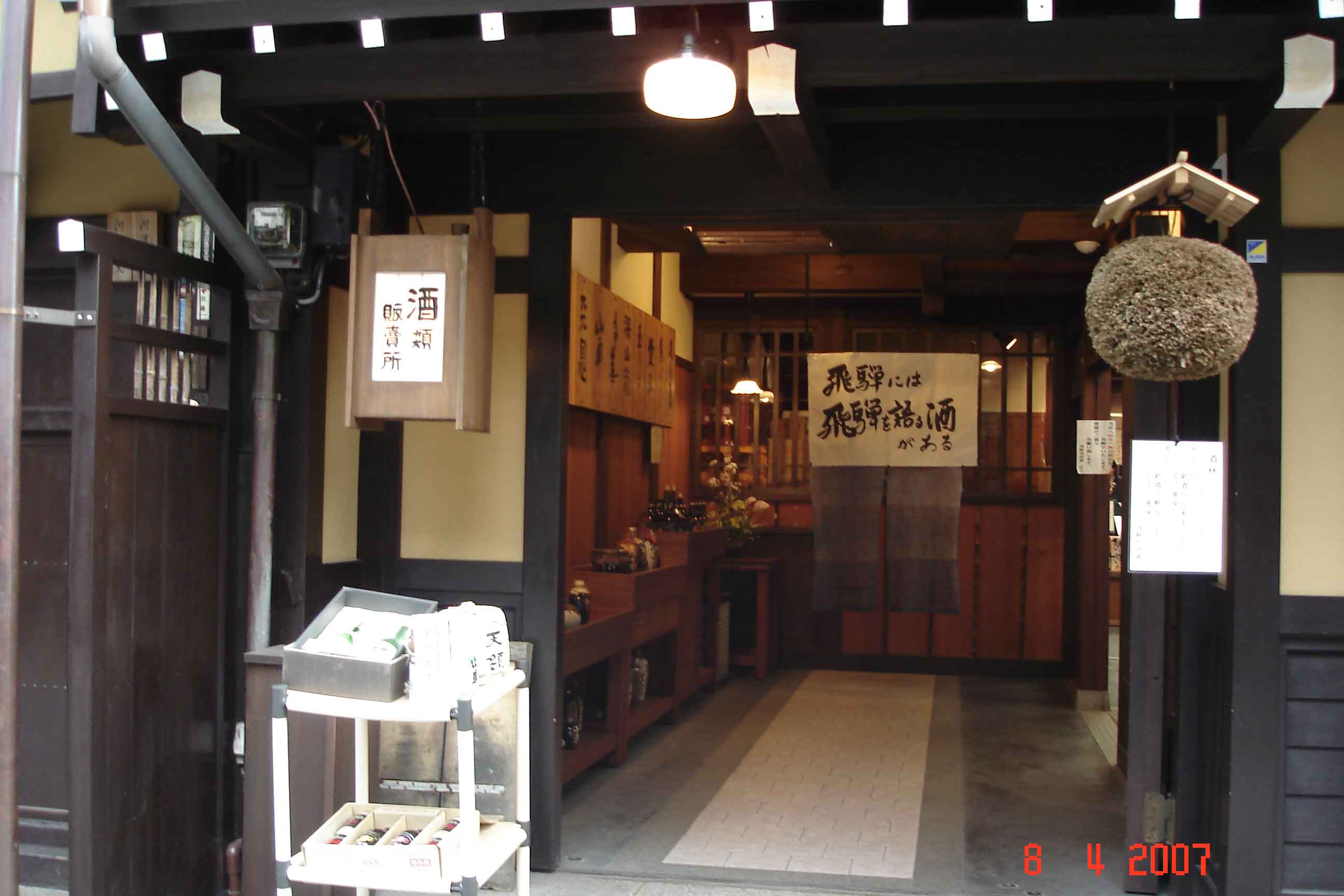
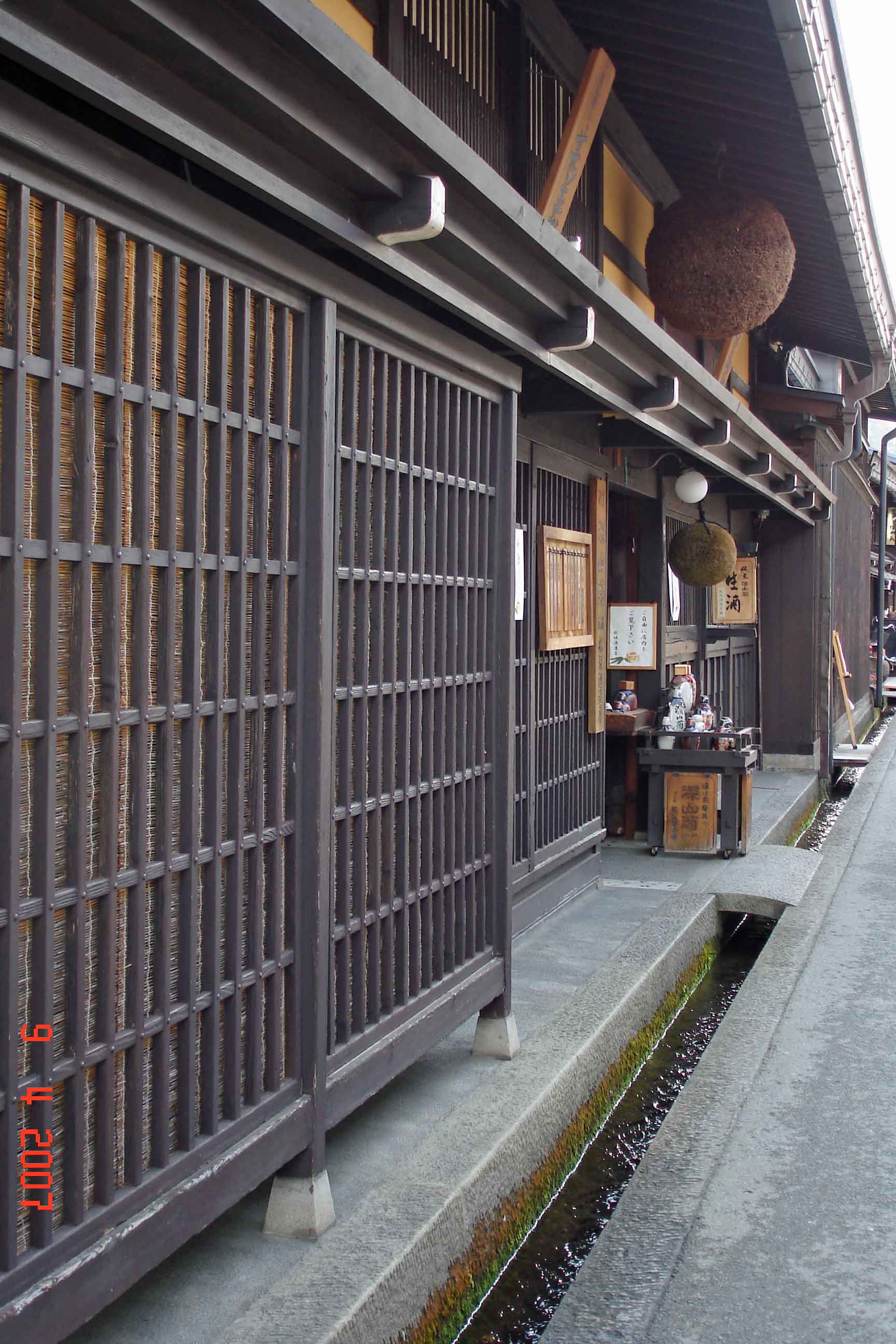
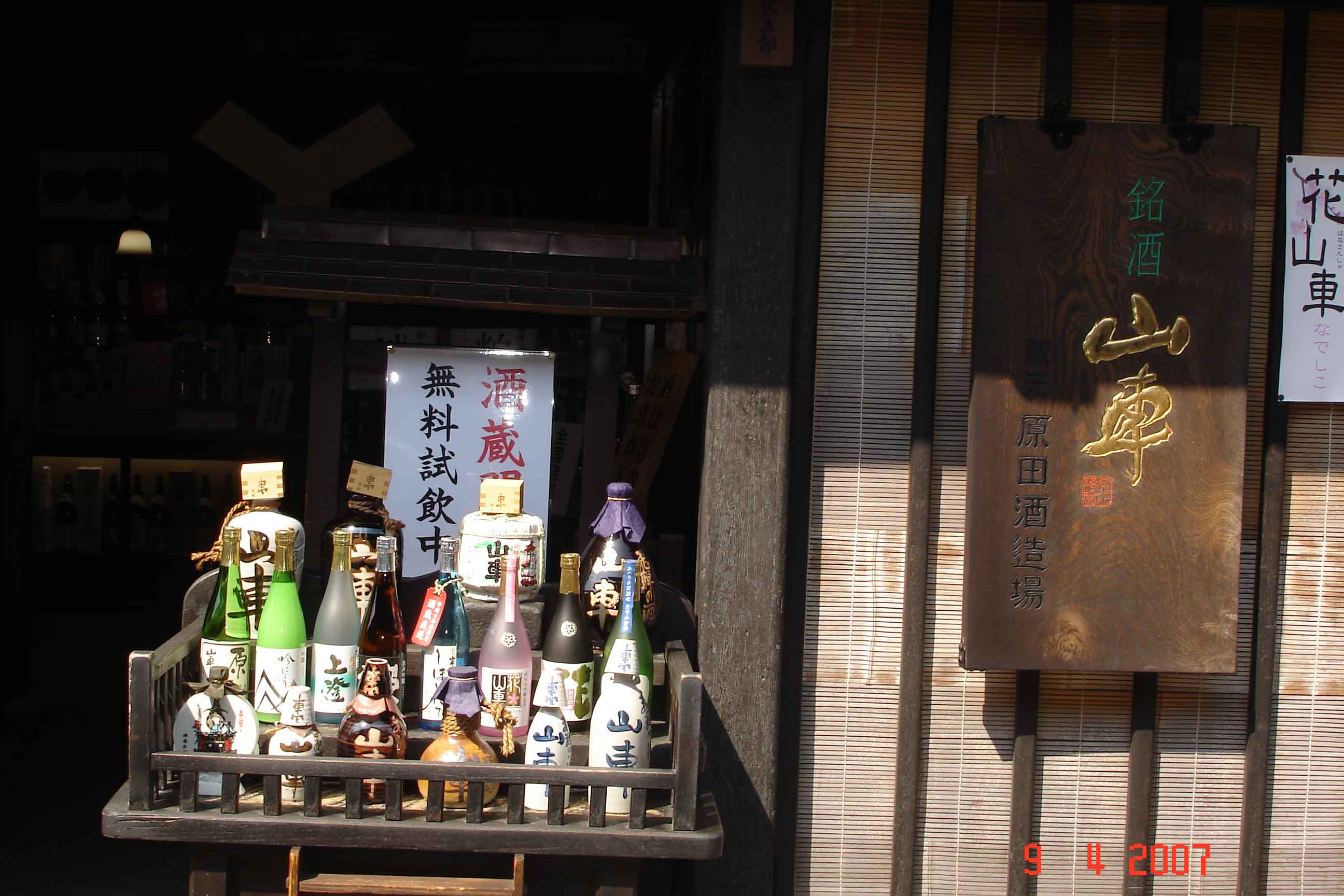
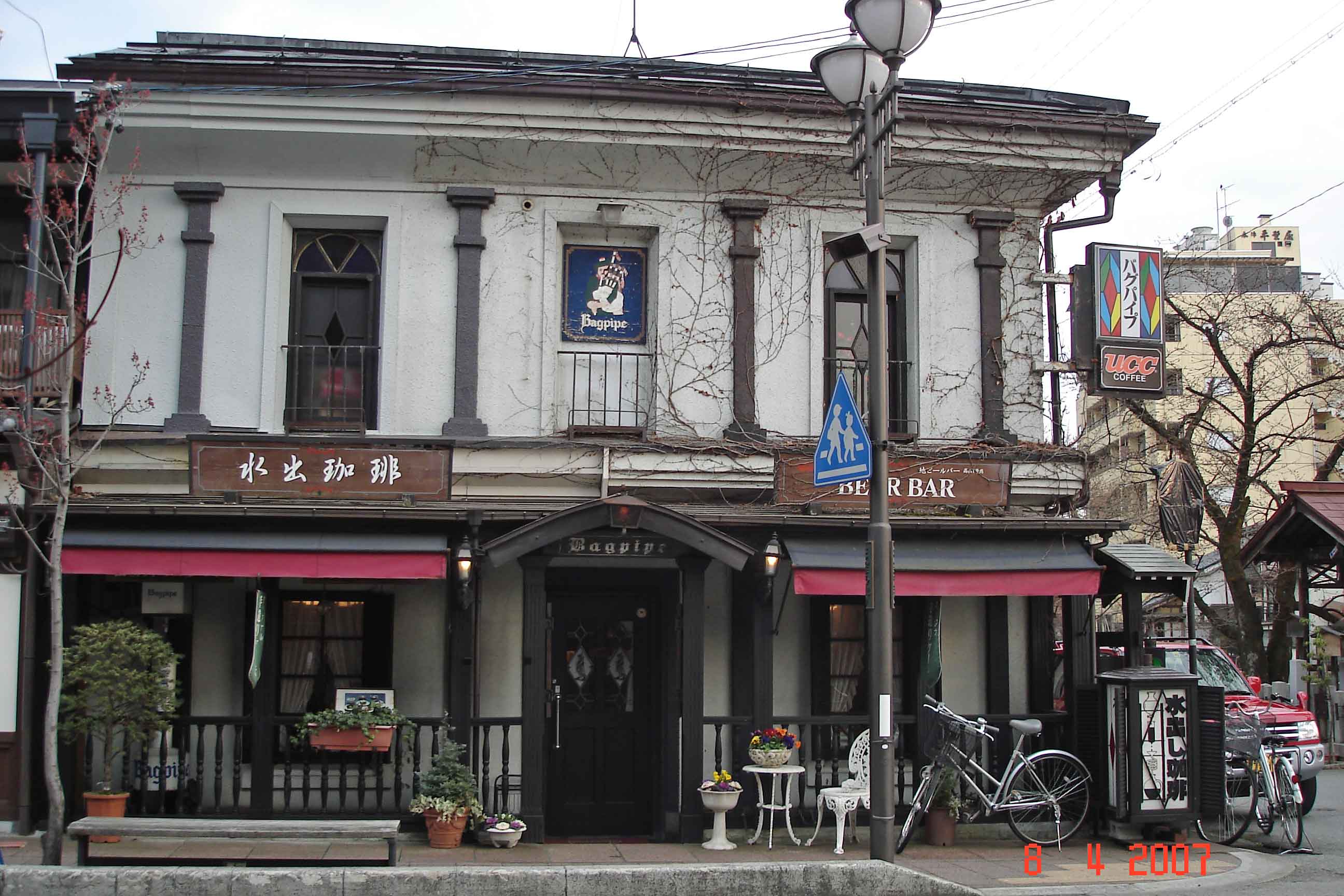
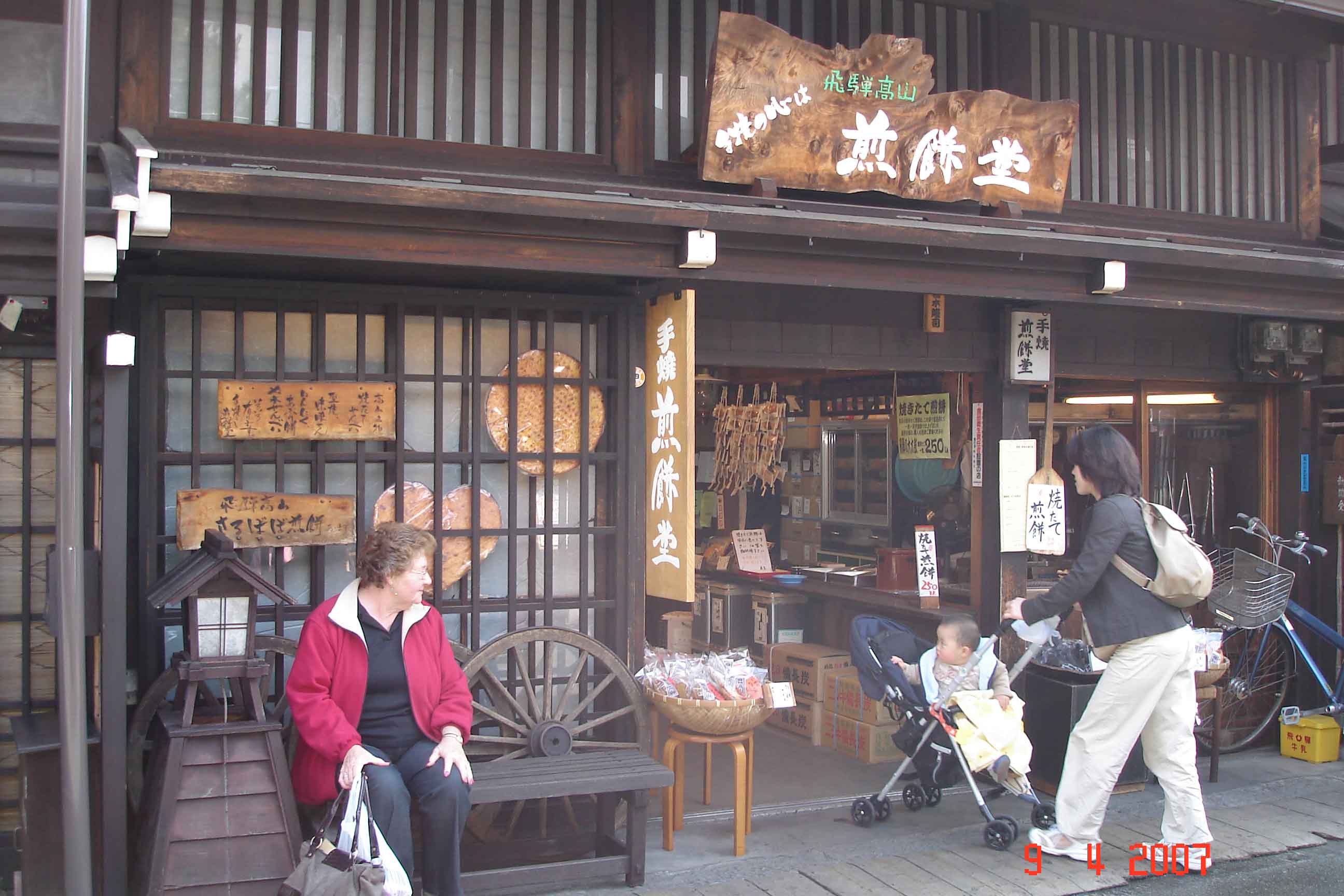
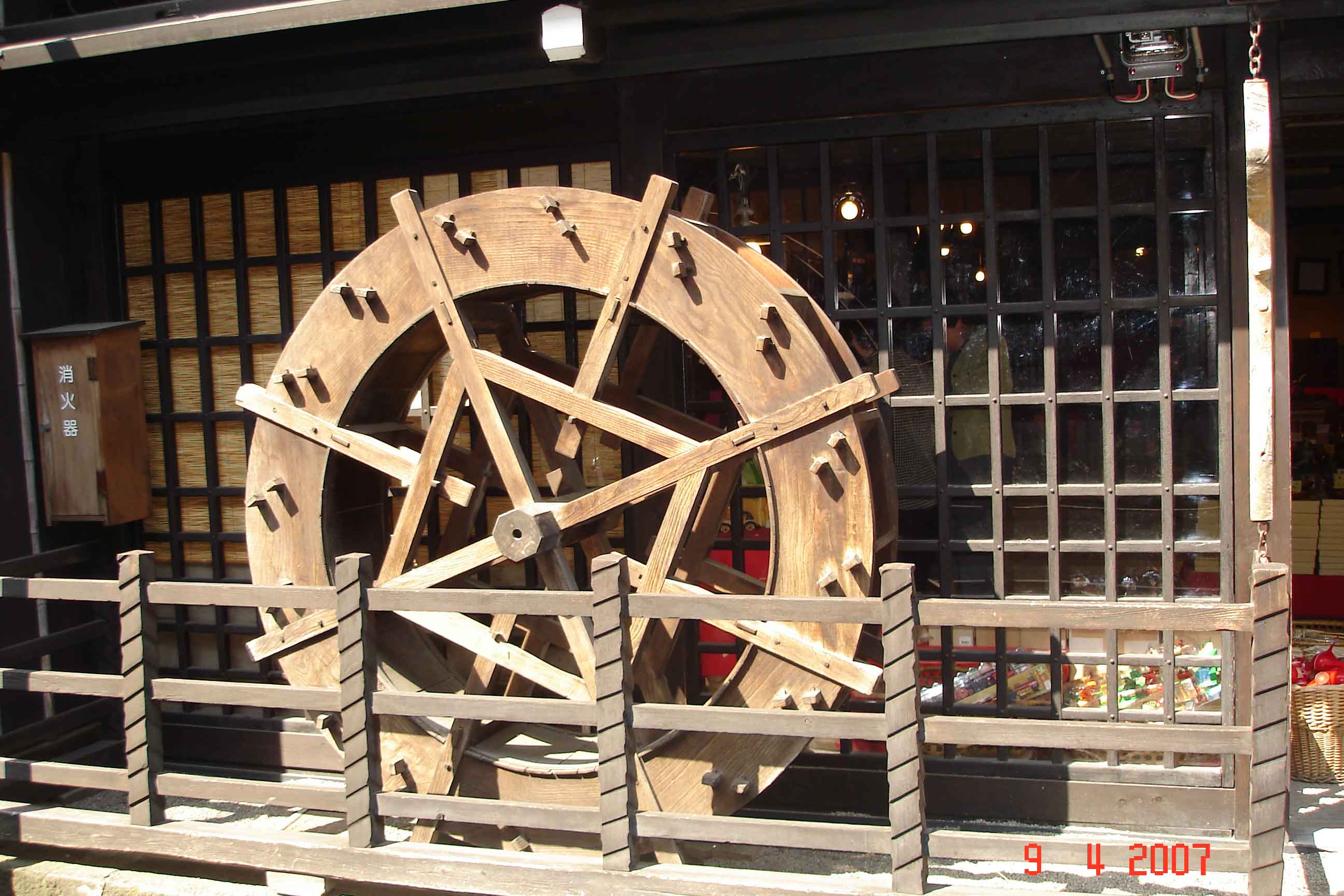
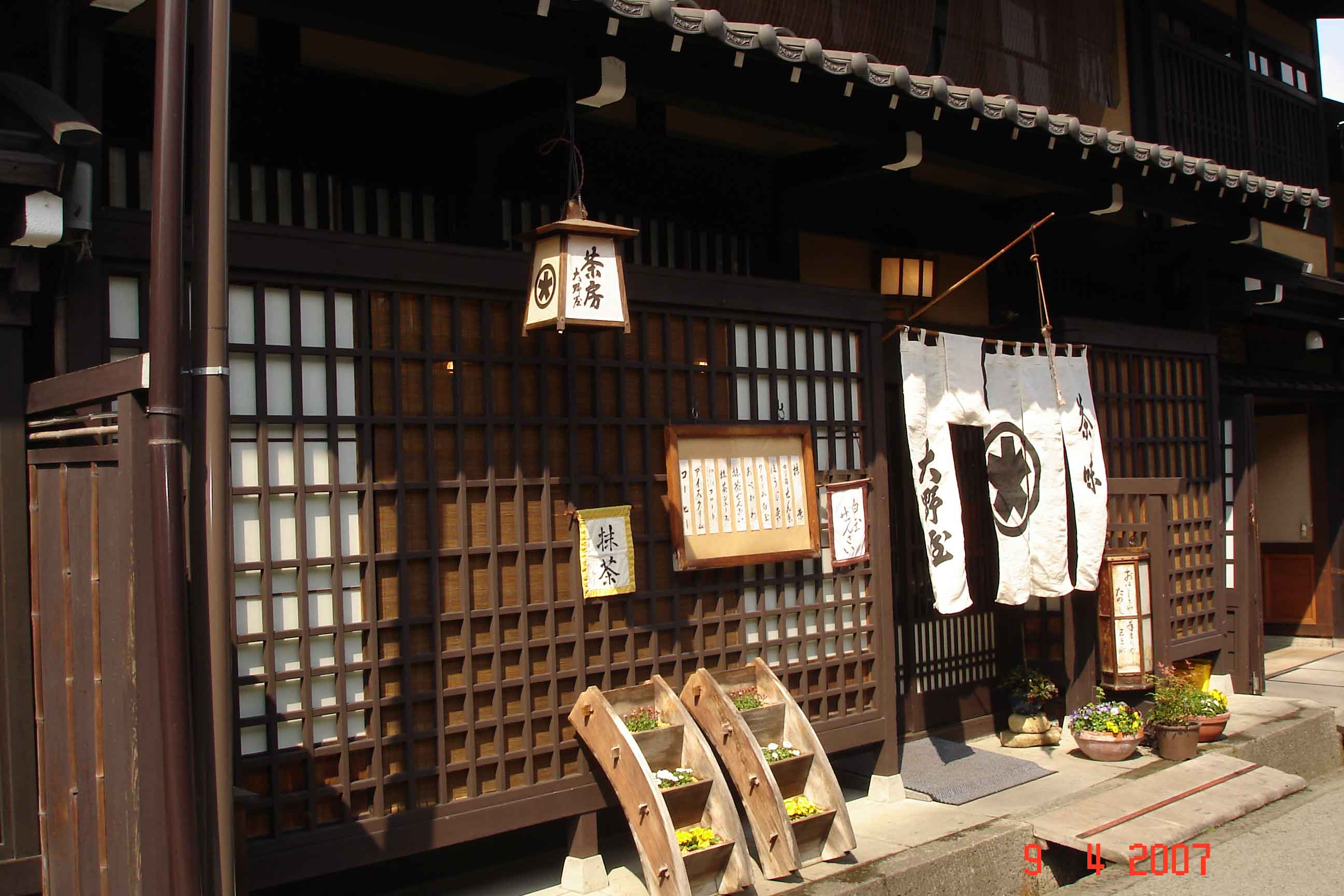
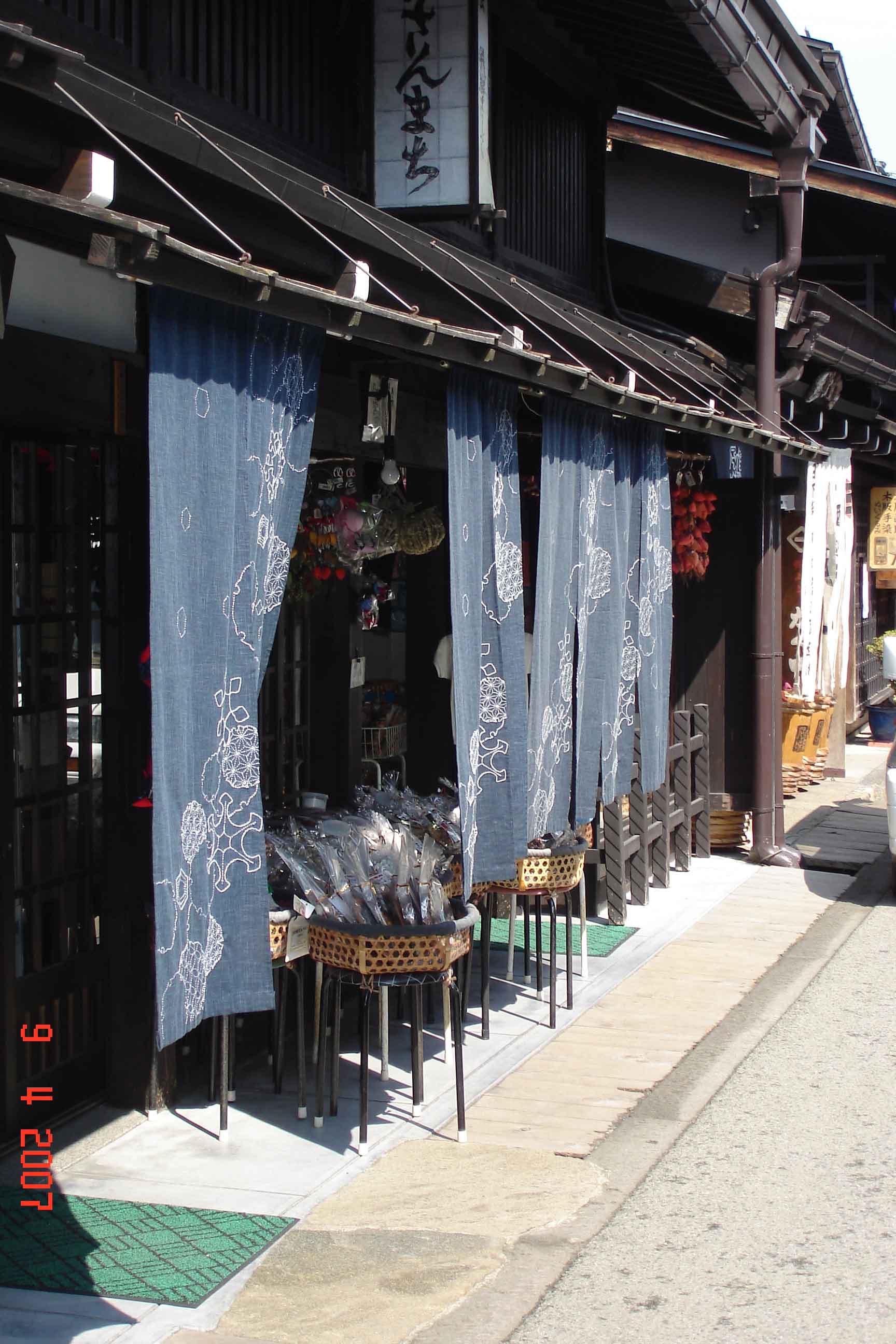
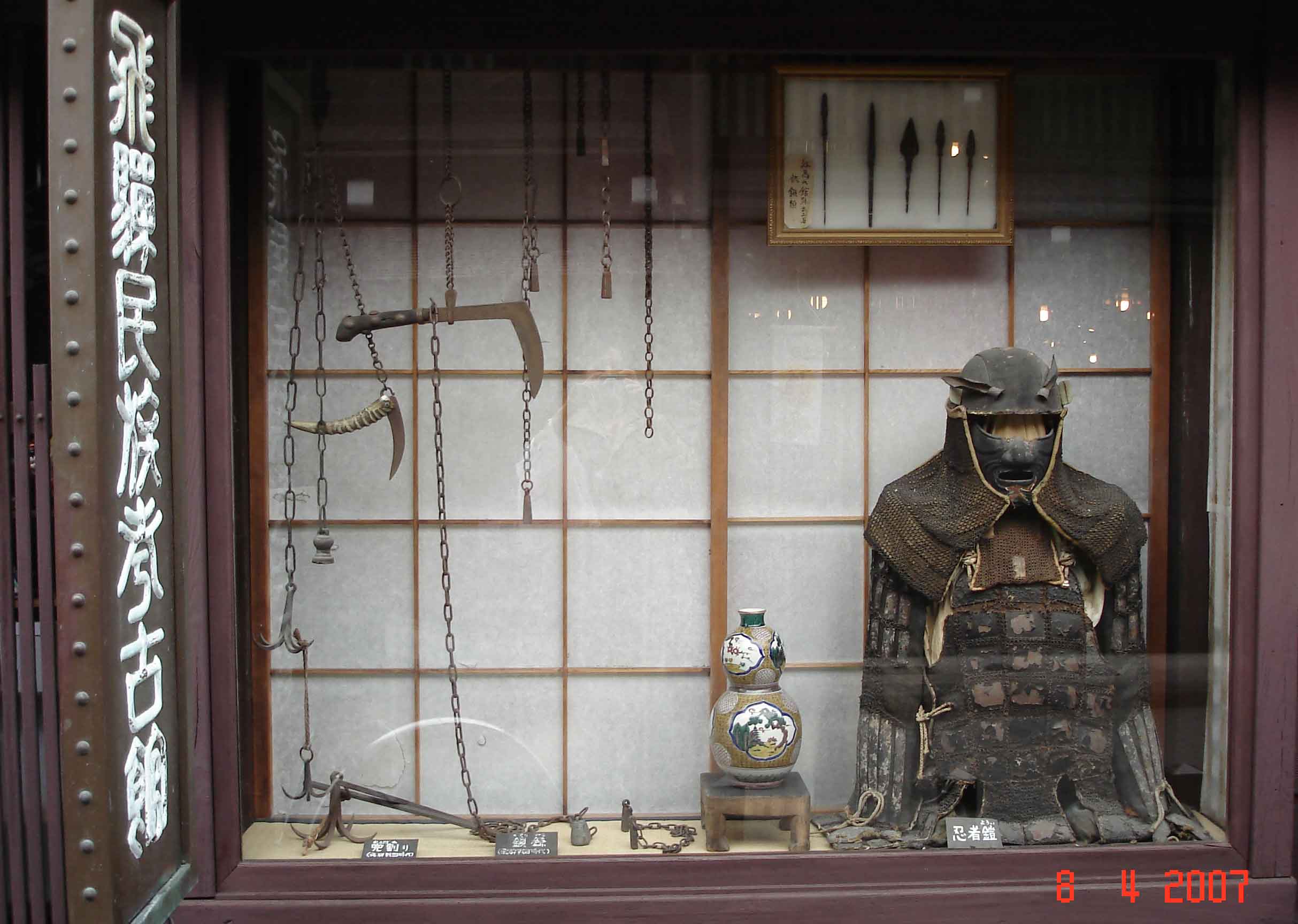
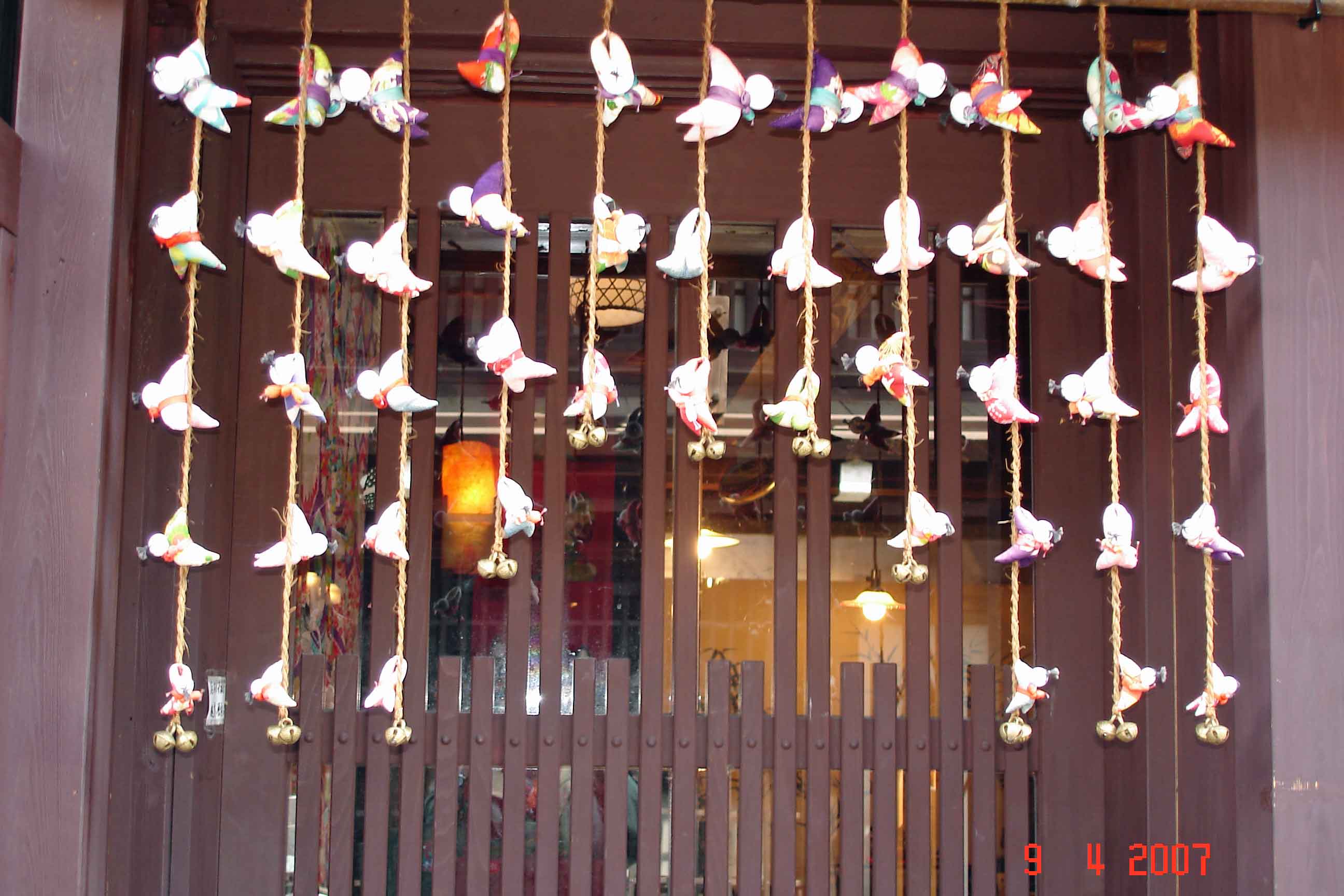
Thanks for sharing your thoughts on Takayama. Regards
Hi Joan!, Takayama is a great town to get the feeling of traditions and culture of Japan. Thanks. Lyn.